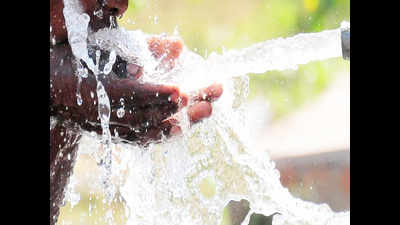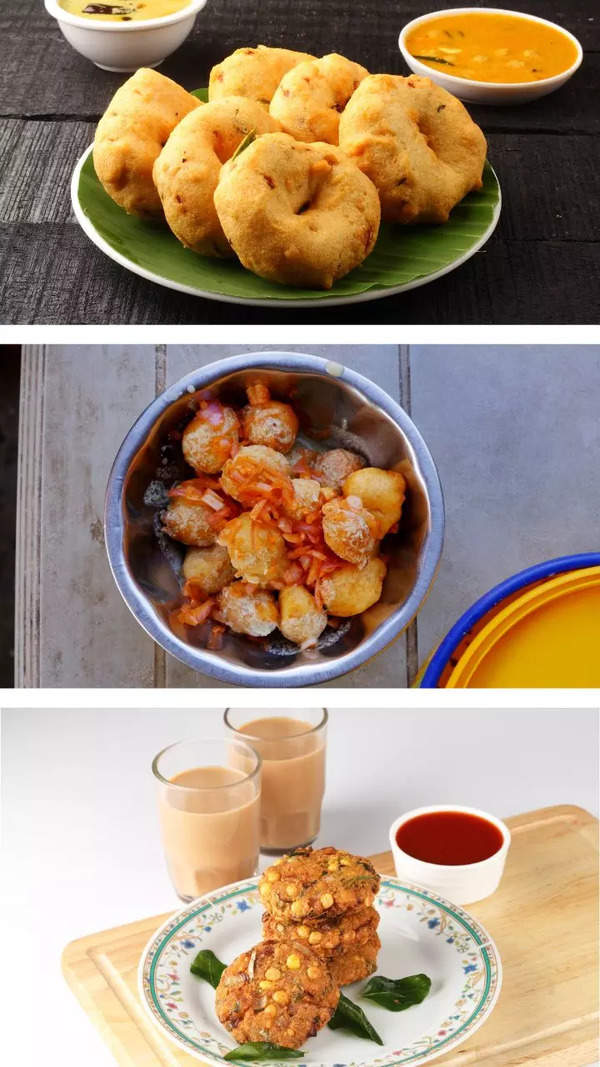- News
- City News
- mumbai News
- Mumbaikars can now drink water straight from tap: BMC
Trending
This story is from May 12, 2019
Mumbaikars can now drink water straight from tap: BMC
But Hsg Soc Pipes, Tanks Must Be Clean

Picture used for representational purpose only

"Our water is potable and if residents can ensure their tanks are regularly cleaned, they can drink water straight from the tap," said BMC hydraulic engineer Ashok Tawadia.
According to BMC, an average 0.7% of water samples collected daily in 2018-19 tested positive for coliform bacteria. This is far better than the WHO norm of 5% of samples.
Clean drinking water ranks high among quality of life indicators. In Mumbai, where at least a lakh cases of severe diarrhoea are reported every year, providing potable water to all is an achievement. Global agencies had noted that the water available in BMC's Master Balance Reservoir at Bhandup was among the purest in the world, but quality suffered before it reached citizens due to the poor distribution system.
Tawadia said, "Since December, the quantity of unfit samples (containing coliform/E coli) is less than 1%." In March, the number of unfit samples further dropped to 0.7%. As per
international standards, less than 5% of the water samples can have coliform bacteria; these samples are further tested for fecal contamination marked by the presence of fecal coliform or E coli.
In Mumbai's water samples sent for testing right now, only 0.15% of these 0.7% samples contained E coli- a type of Coliform bacteria that is found in feces-and the rest is coliform bacteria that is not always harmful. In public health terms, this translates into low infection chances - less than two per 1,000 people could get an infection on account of water contamination.
The transformation in the city's water quality started in 2012-13 after a severe outbreak of waterborne diseases in the C ward (Marine Lines, Kalbadevi, Pydhonie etc). BMC's laboratories revealed that 17% of the water samples collected were contaminated. That year, the BMC decided to revamp its water supply system and laboratories.
First, the steel water pipelines used for surface distribution were converted into underground concrete water tunnels. Today, the city has 14 such underground water tunnels. The Tansa mains and other old trunk lines were changed.
In the slums, the numerous bunches of water pipelines laid close to sewage lines were removed and replaced with a single six- or nine-inch pipeline and connections were provided close to tenements.
The then additional municipal commissioner Rajiv Jalota roped in the National Environmental Engineering Research Institute (NEERI) to upgrade the corporation's water testing laboratories. The BMC shifted to the Membrane Filter Technique which provides precise readings in 24 hours. The samples are tested not by the water supply department, but by the health department that certifies them as fit/unfit for human consumption.
Furthermore, the water supply department identified 358 water sampling points in the city's 257 water zones. Each point provides water to over 10,000 people. Water samples are also collected from 36 outlets of the 37 reservoirs across the city. In all, 125 water samples are collected every day.
"As per the World Health Organisation guidelines, we need to collect 1,250 samples per month. We collect around 3,000 samples per month. This ensures that water samples are collected from every zone every week," said V Gharat, sub-engineer who monitors the samples and the results.
BMC executive health officer Dr Padmaja Keskar said, I would ask people to take water from home instead of drinking water and sherbets from roadside vendors who use contaminated ice,'' she said, adding that water at municipal pipeline-levels are contamination free. Except from May to September, there is no need to boil water if one is sure that the connections and tanks within one's housing colony are clean,'' she said.
The water supply department also improved its response time to every complaint of contamination that was received. "When a complaint is received, we immediately collect samples, the water supply to the area is stopped and water tankers deployed. The system is flushed and then charged. Once again samples are collected and only if the contamination is gone do we restore supply," said Gharat.
The BMC collects around 36,000 samples through the year and the percentage is calculated once annually. From 17% it is now down to 0.7% (see box).
BJP corporator Rita Makwana from the C ward said incidents of water contamination now occur when digging for road work is taken up. "In several house gullies, small pipes have been replaced but in some gullies these are still to be changed. People also continue to throw garbage in these gullies. We tell people they must stop doing this because it contaminates the water," she said.
Another BJP corporator from the same ward Atul Shah said there are intermittent complaints of contamination in the B, C and D wards. "It's not entirely gone, a lot still needs to be done though right now complaints are more to do with water shortage," he said.
A civic official said the incidents of contamination can further be brought down when the water supply shifts to a 24x7 system. "Today distribution pipelines are charged for a maximum of 2-3 hours daily and then they remain empty. Hence when every morning the supply is resumed people initially get some yellowish water which is some of the pipe's internal corrosion that drops into the water. Therefore, people are advised to allow water to flow out for a few minutes before storing," he said.
(With additional reporting by Malathy Iyer)
End of Article
FOLLOW US ON SOCIAL MEDIA











